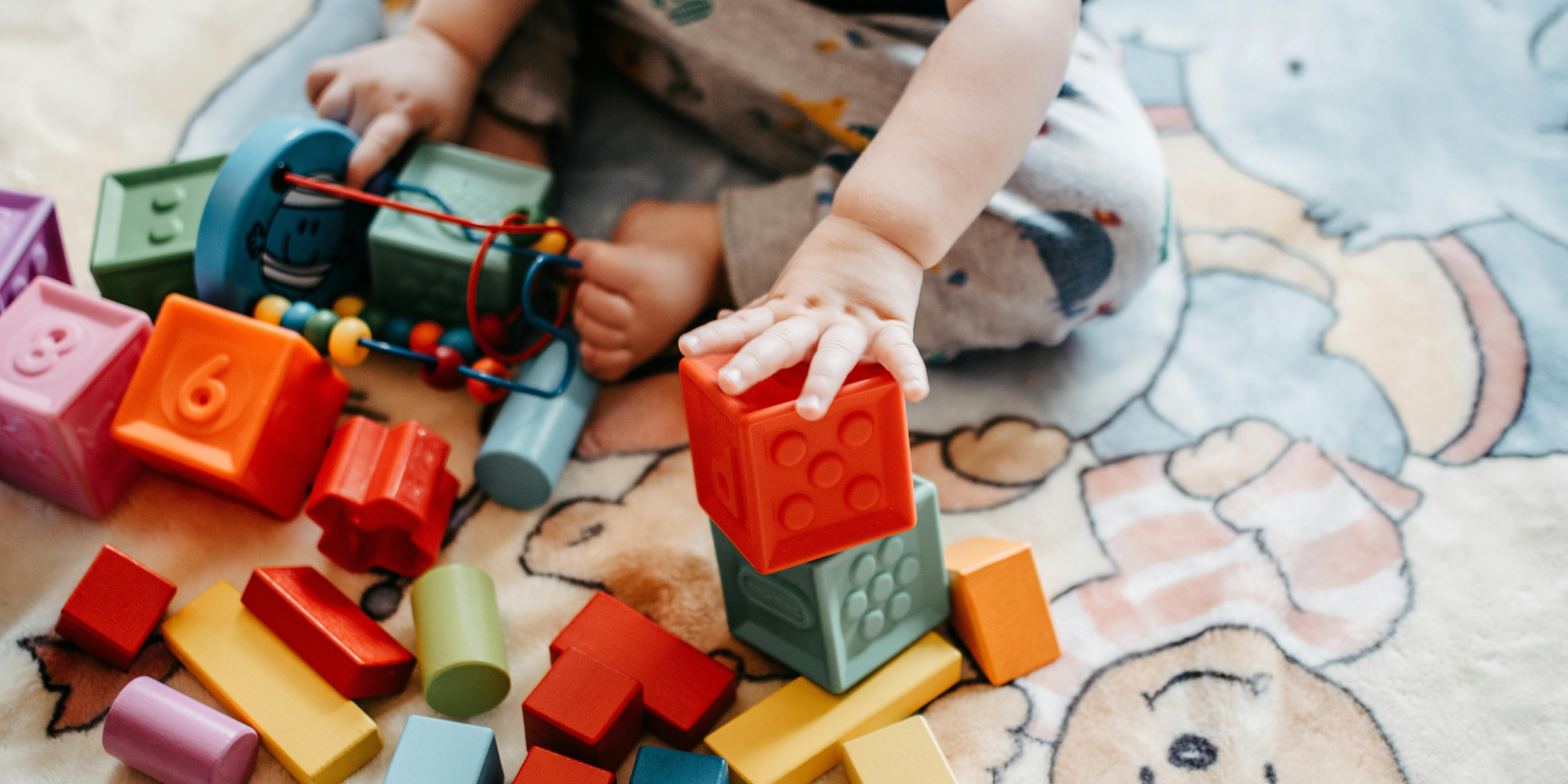📥 Download the tipsheet here: 👉 Tips for Navigating Pretend Gun Play
Many programs and schools have a strict no-gun-play policy. That’s common—and completely understandable.
But here’s what we also know from child development experts:
Even in settings where it’s banned, this kind of play still shows up.
It’s natural.
This play is often in response to seeing guns in the media…or in their lives. The play is how children process what they’ve seen.
Gun play - and other forms of violent or boisterous play - are natural ways for young children to explore fear, power, safety, and social relationships.
That’s why I created this new free resource for you:
✅ How to respond in ways that are both developmentally appropriate and aligned with your center’s policies
✅ How to reframe this play without encouraging or shutting it down
✅ What to say in the moment
Whether your setting forbids it or not, this guide can help you feel more confident in how you respond to gun and weapon play.
-----------------------
One of the most common questions I get is:
“Aren’t we sending the wrong message if we allow pretend gun play?”
And it’s a fair question—especially when many programs require us to shut it down on sight.
But here’s what we know:
Children engage in pretend gun play not because they want to be violent—but because they’re trying to make sense of the world.
That’s why I’ve created a free resource to support you in responding to weapon play—whether your setting allows the play or not.
Download the 2-page guide here:
👉 Understanding Pretend Gun Play in Preschool
It’s about supporting children’s development within the reality of your setting.
Whether you’re redirecting, observing, or reframing—it all matters.
Even in programs where pretend gun play isn’t allowed, the instinct to explore power and protection still shows up in children’s play.
-----------------------
A stick becomes a blaster. A Lego tower becomes a laser.
This doesn’t mean something’s wrong—it means they’re working through something.
You don’t have to allow the play in order to understand it.
As the year winds down, I’ve been reflecting on how much children show us—especially through their play.
Sometimes the stories they act out make us pause. A chase game turns into a battle. A stick becomes a pretend weapon.
And often, our first response is shaped by school policy—not by child development.
Even when pretend gun play is banned, it’s still worth noticing, asking questions, and staying curious about children’s interest in gun and weapon play.
Because symbolic play is always telling us something.
What have you noticed in children’s play this year?
Share one thing you’ve noticed here in the comments below.
Let’s step into the new year with fresh eyes, open hearts, and stronger tools.
Make sure to check out the new free resource I made for you:
Let me know your questions about the tips in the comments below!

